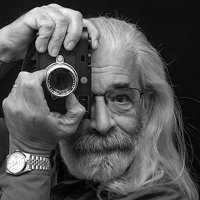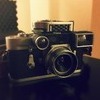2/50mm Summicron-SL
-
Recently Browsing 0 members
- No registered users viewing this page.
-
Similar Content
-
- 135 replies
- 43,464 views
-
- 10 replies
- 424 views
-
- 18 replies
- 995 views
-
- 4 replies
- 289 views
-
- 30 replies
- 8,302 views
-






Recommended Posts
Join the conversation
You can post now and register later. If you have an account, sign in now to post with your account.
Note: Your post will require moderator approval before it will be visible.